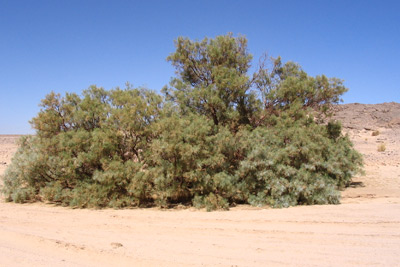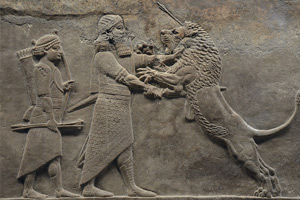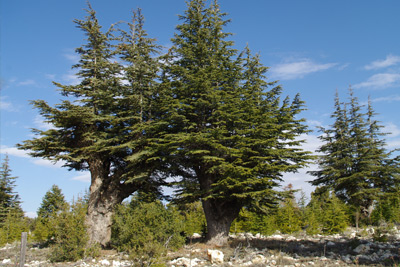Euphrates receives most of its water in the form of rainfall and melting snow, resulting in peak volumes during the months April through May. Compared to the Nile, the Euphrates and Tigris has stronger and more damaging floods during the ancient era. In the modern times, dams has reduced the output and flooding from Euphrates. Euphrates is about 2,800 km long.

Rivers in Sumeria
The name Mesopotamia comes from ancient Greek root words μέσος (meso) "middle" and ποταμός (potamia) "river" - the land in between rivers. The two rivers Euphrates and Tigris were extremely important for people in ancient Sumeria, providing water to a barren land and being the easiest way of transport. The need for irrigation canals off the two rivers was one of the main drivers for the rise of the earliest civilisation on earth.
The Tigris river also experienced strong flooding in April and May. It is approximately 1,900 km in length.
The Diyala river is 440 km long, and at times is the border between present-day Iraq and Iran.
Interesting articles
You may also be interested in these articles

Trees in Sumeria
It is easy to think of Sumeria as a barren land, only kept alive by irrigation canals. In addition to irrigated trees such as date palms, we also find interesting flora such as the tamarisk, juniper and cedar.

The Lion Hunt
If you have visited the Sumerian section of the British Museum, chances are you have seen the Lion Hunt of Ashurbanipal. It is a series of very impressive wall coverings illustrating the King Ashurbanipal's prowess.

The game of Ur
Possibly the oldest board game in existence, and surely the oldest we have rules for, the Game of Ur is a fascinating predecessor to Backgammon. Watch a video on how to play it, and see the original at British Museum.


